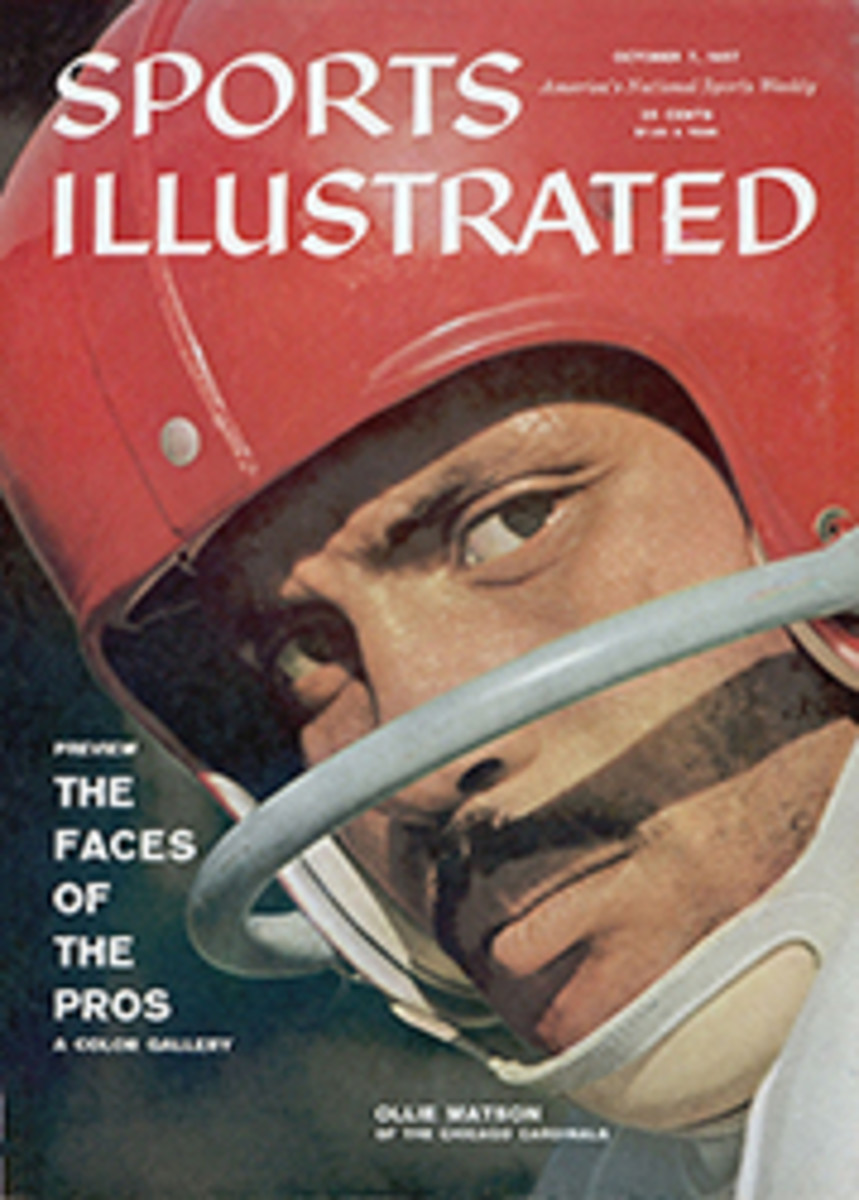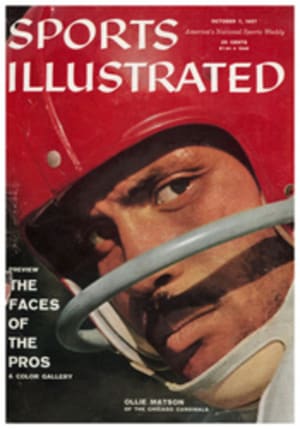
Summer Album
The purpose of a vacation is to give a man time to get away from where he is. Often the vacationer heads right back to where he came from. In the case of the Chapmans, my wife and I scurry off by motor from New York to our native state of Colorado in search of friends, fish, a daughter, high mountains and some new snapshots for our album (opposite). This last summer, in addition, we found some ghost towns.
In the public mind, ghost town connotes the mining camp of the West that lies between the Rockies and the Sierras, where rugged and quarrelsome men sought their fortunes of silver and gold. In this vast mining area, within 18 miles of each other on Colorado's western slope, are two unique ghost towns which, though they were mining camps, gave no thought to precious metals. One of them dug out of the mountains the whitest mineral known, the other the blackest. Between them runs swiftly a mountain stream aptly and accurately named Crystal River. After long years of somnolence they are due for a boom—but not a return to their heyday; this time the boom will be tourism and the sports of fishing, hunting, skiing and golf.
Farther upstream of the two is Marble, which consists of a few summer cabins along the river bottoms, the ruins of a once-enormous marble works and one business establishment—a little roadside stand which sells soda pop, postcards and rock samples.
Eighteen miles and an inestimable number of rainbow trout downstream lies Redstone, so named for the lovely red of the outcroppings which surround it. It consists of a few cottages along a single street, a small general store offering a smattering of canned goods and fishing tackle, one gasoline pump serving "regular" gas—and an inn, and a mansion which has one room paneled in elephant hide. Once, Redstone was a thriving and astonishingly luxurious town for coal miners, and at its outer edge, along the bank of the Crystal River, a long row of coke ovens glowed through the night. Redstone came and went in six years and probably is the only ghost town ever created by Wall Street; it was abandoned overnight when John D. Rockefeller I and J. P. Morgan acquired control of the Colorado Fuel and Iron Company. The ovens have been cold for half a century.
Redstone's inn and the mansion, called Cleveholm, are the key to the expected boom along the Crystal River—these and the fact that the State of Colorado has taken over road maintenance from Gunnison County. Redstone is a five-hour drive over the Continental Divide from Denver, 25 miles closer than the famed all-year resort of Aspen. About two years ago Frank Kistler, a wealthy Denverite, acquired the inn and the mansion. He has made the mansion his home and the inn has been completely refurbished, inside and out, from bathrooms to wallpaper. Redstone is still only a summer resort, but Kistler plans an all-year operation. A ski lift and an 18-hole golf course are in prospect.
But, though Redstone may boom, Marble is still the ghostliest of ghost towns—a particularly eerie sight under a full moon. A combination of fire, flood and finance brought about its abandonment.
From the vast quarry four miles upstream from the town had come marble of unsurpassed texture and whiteness. It is the marble of the Lincoln Memorial, and the quarry from which came the largest block of marble ever mined, the Tomb of the Unknown Soldier. The marble was brought, rough-cut, down a mountainside, slung on a three-inch cable. At the mill, which was 1,700 feet long and 100 to 150 feet wide, was machinery for fashioning the stone into any desired shape, including pillars. But a fire in 1926 almost fatally crippled the mill, which was the largest of its kind in the world, and on one of its spring rampages the Crystal River did further damage.
In 1927, the Colorado-Yule Marble Company was bought up by the Vermont Marble Company. But its rehabilitation never got started, for other factors were at work creating a ghost town. Marble substitutes, such as terrazzo, were an economic threat, and the Vermont owners also found they could operate more cheaply in Vermont. So today Marble is deserted except for a few holidayers, fishermen, sightseers and the lady who sells the pop and the postcards. But, for miles along the river and along what was once the railroad right-of-way, stretches a blinding-white jumble—the ruins of things that were never built. When Marble went out of business, it dropped everything where it was. Slabs, sections of pillars, cornices—stones cut for now-forgotten purposes—were left in the mill and pushed overboard from railroad flatcars along the right-of-way. They are the Ruins of Nothing. And nobody expects to do anything with them, or the quarry, or the mill.
PHOTO
Picking souvenirs at marble, Colo.
PHOTO
Fishing with daughter on Crystal River
PHOTO
Sculpture by Nature at Redstone
PHOTO
"The mausion," Redstone, Colo.

